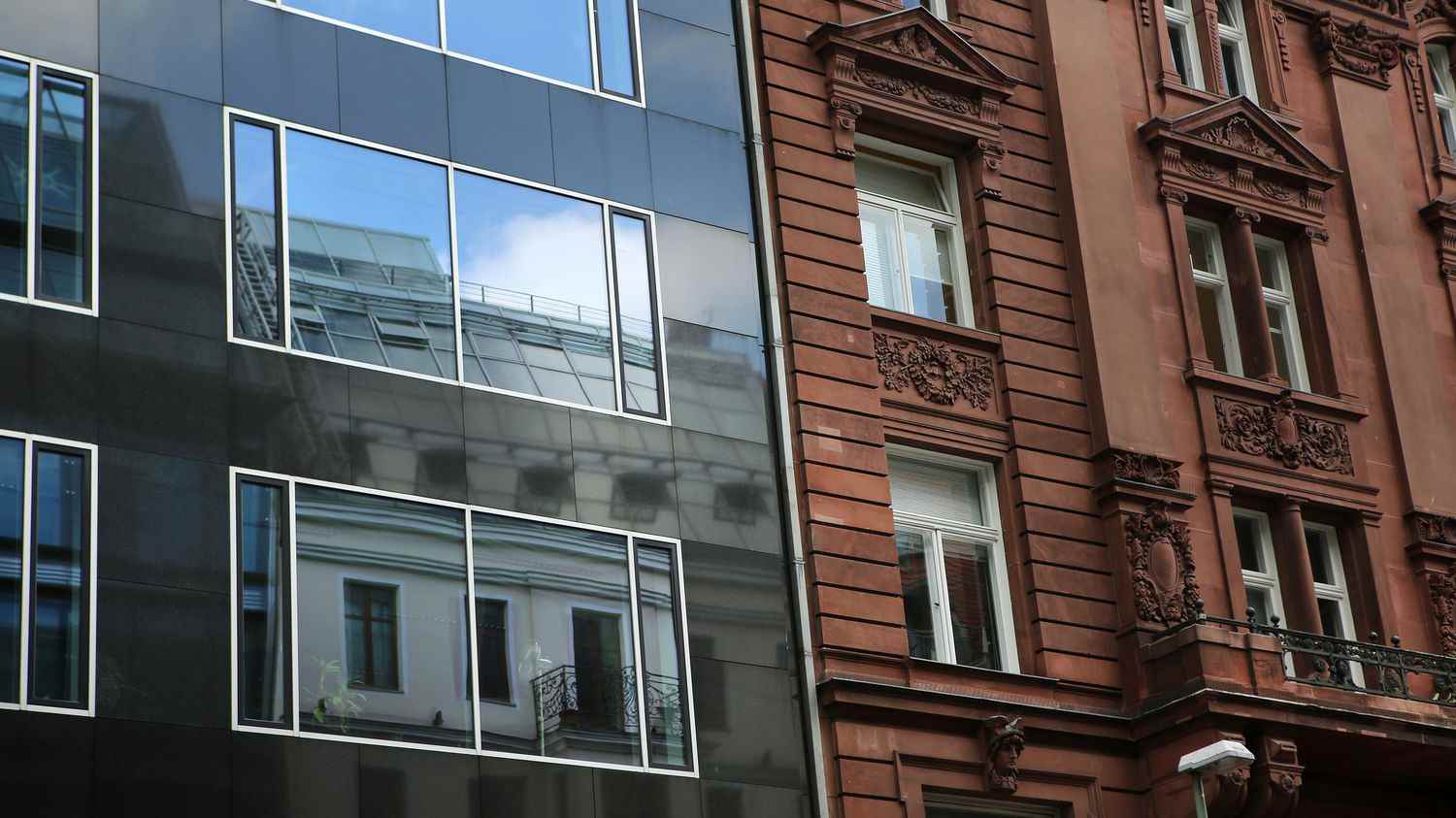When you buy a home, a question arises, it is the choice between new and old. Comparison and explanations with Charlie Cailloux, legal advisor for Particulier à Particulier and the PAP.fr website.
franceinfo: Let’s start with a small definition – to know what we’re talking about – what is a new home?
A new home is a home that has never been lived in, and which most often has not yet come out of the ground. There are two cases: either you build a house, or you buy an apartment on plans.
First difference: the new one costs much more, for an equivalent surface, than the old one (from 15 to 25% more expensive). For at least two reasons: on the one hand, construction standards are very strict today and the soaring cost of materials should not solve anything.
On the other hand, the buyer of a new home must pay 20% VAT included in the sale price plus notary fees of 2-3%. In the old one, the buyer pays notary fees at 8% and that’s “everything” – in quotes – because it already weighs heavily on the buyer’s budget.
New is more expensive but we have housing that meets the latest standards…
Exactly, and that’s not nothing! You buy a home that already meets the requirements of low-energy buildings, and in addition to moderate energy bills, you won’t have any work to do in the years to come. You also benefit from significant sound insulation. The new, it’s functional, it’s practical, often the plans have been well thought out, but here it is, it’s cold, it has less soul!
In the old buildings, the accommodations are not up to the latest standards, it is not always well laid out, it will often be necessary to carry out work there before moving in, but it has more charm. And then, we have more choices too!
That’s to say ?
There are 10 times more homes for sale in the old than in the new. And besides, it’s much easier to find old housing in the city centre, near schools and shops, than in new housing, which is often on the outskirts of the city. We will immediately qualify, there are also new programs in the city center but they are rare and therefore very expensive. In many cities, there are also old industrial districts that have been completely rehabilitated with all the necessary services. These are up-and-coming neighborhoods that can increase in value.
Let’s finish with the financing! There is an additional cost in the new but can we benefit from the loan at zero rate?
Yes, the amount of the zero-rate loan, up to 138,000 euros anyway, varies according to the composition of the household and the city in which you buy a new home, it finances 40% of the operation without interest, which allows you to improve the creditworthiness of the buyer.
This PTZ also exists in the old one, but under fairly strict conditions: it is reserved for small towns and major rehabilitation work must be carried out to benefit from it. We have already mentioned it several times in this column, in the old one, the financial aid is now all oriented towards energy renovation which is the project of the next 30 years.
